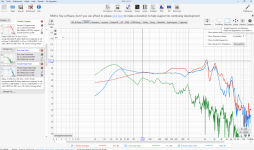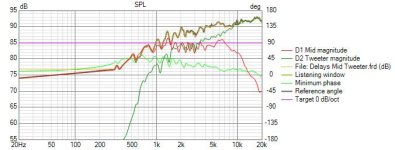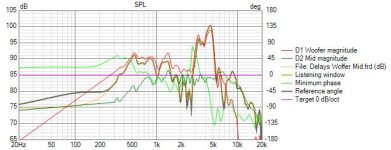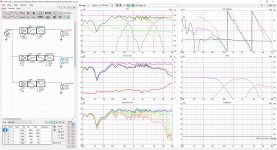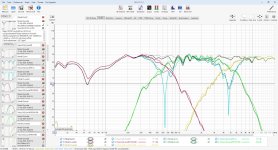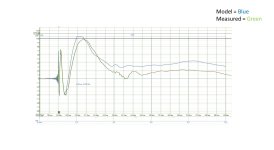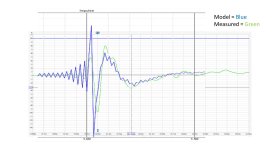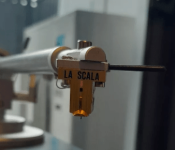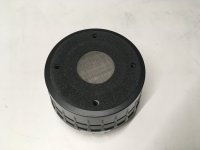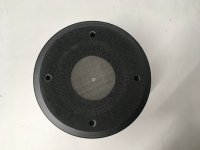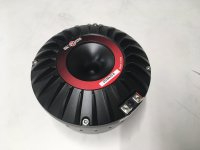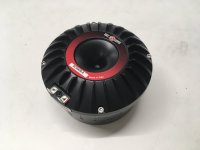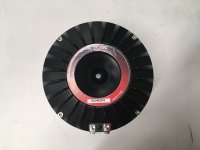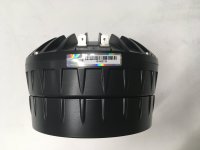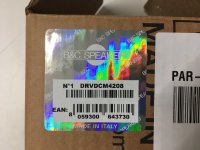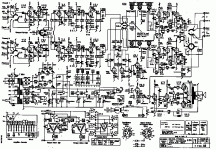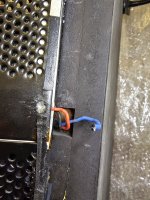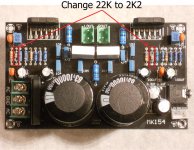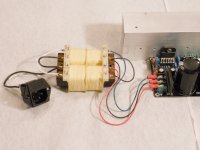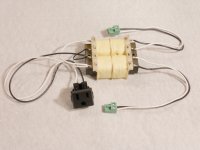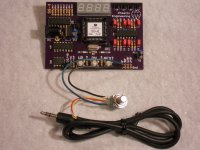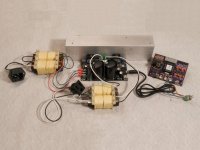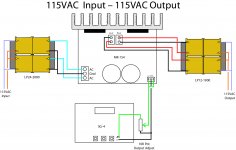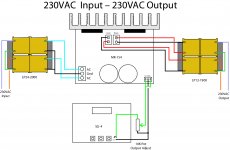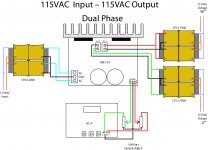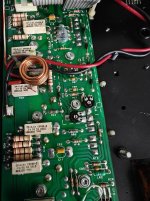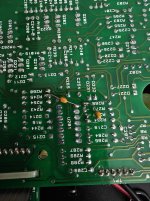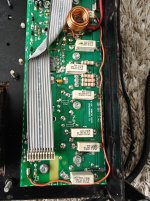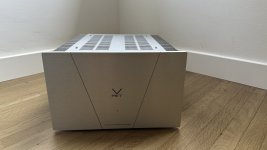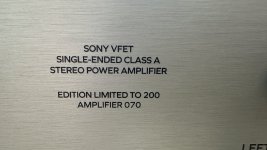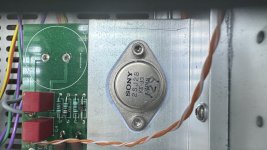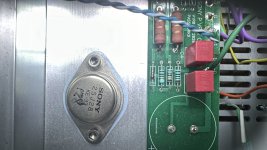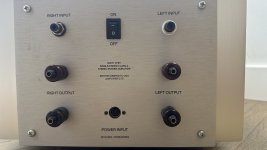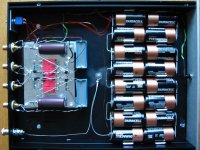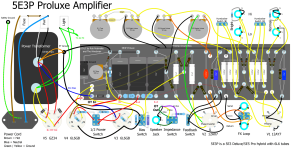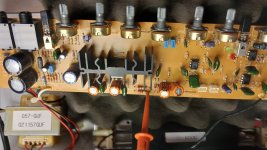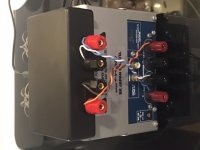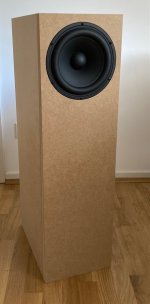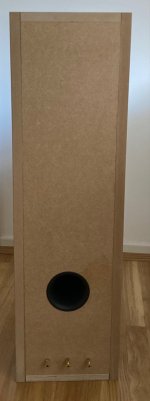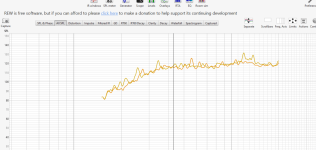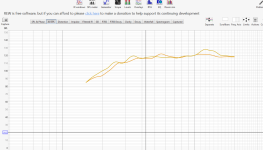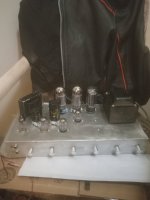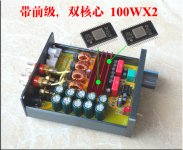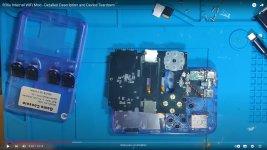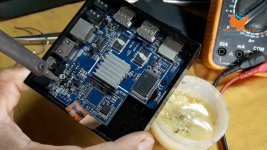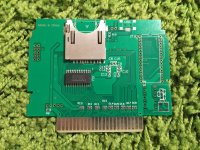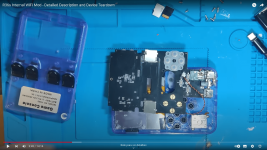Need some help with my woofer and its port. Getting huge rise in deep bass out of this Peerless 8"
What I did:
Took full measurements of my 3 including this Peerless 8" woofer here.
Took near field of woofer
Took near filed of port
Took far field of woofer
Aligned near field measurments SPL to the near field SPL so that I can use the far field measurement for my crossover design (mic never moved between measurement of the other 2 drivers so this should keep the SPL and phase aligned for crossing over purposes)
What I don't get:
1. I kind of understand the giant rise from the port as expected something like that but this seems excessive
2. Why the woofer near field starts to rise up dramatically as well around 100 hz
Is is possible that the port output leaked into the woofer near field measurement? Is is literally about 5 inches below the woofer and this would explain a lot
It is also VERY possible I do not know what I am doing with REW. If so, please let me know. I am very good at following directions and I tried very hard to follow the REW directions to the letter.
One last question..... Do I need to combine both the nearfield woofer and port measurements to accurately crossover the woofer with the mid? I would think the port acts almost as its own driver so its response would need to be added to that of the woofer, yes?
Took full measurements of my 3 including this Peerless 8" woofer here.
Took near field of woofer
Took near filed of port
Took far field of woofer
Aligned near field measurments SPL to the near field SPL so that I can use the far field measurement for my crossover design (mic never moved between measurement of the other 2 drivers so this should keep the SPL and phase aligned for crossing over purposes)
What I don't get:
1. I kind of understand the giant rise from the port as expected something like that but this seems excessive
2. Why the woofer near field starts to rise up dramatically as well around 100 hz
Is is possible that the port output leaked into the woofer near field measurement? Is is literally about 5 inches below the woofer and this would explain a lot
It is also VERY possible I do not know what I am doing with REW. If so, please let me know. I am very good at following directions and I tried very hard to follow the REW directions to the letter.
One last question..... Do I need to combine both the nearfield woofer and port measurements to accurately crossover the woofer with the mid? I would think the port acts almost as its own driver so its response would need to be added to that of the woofer, yes?
